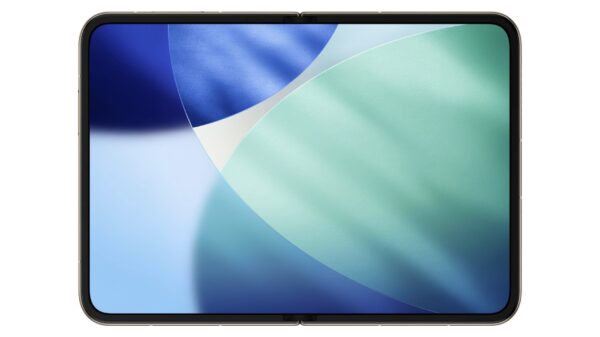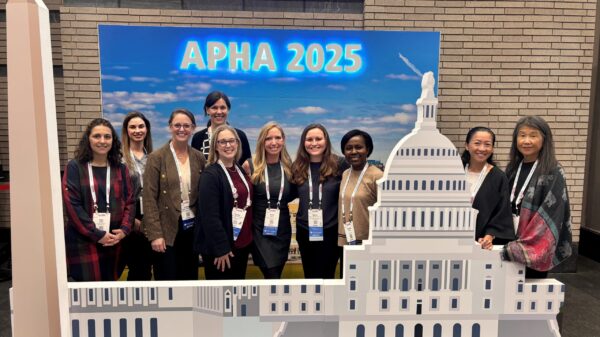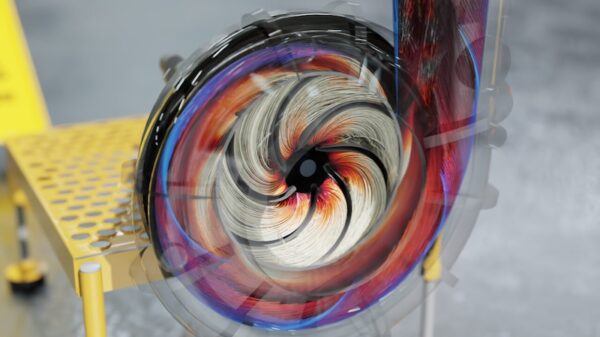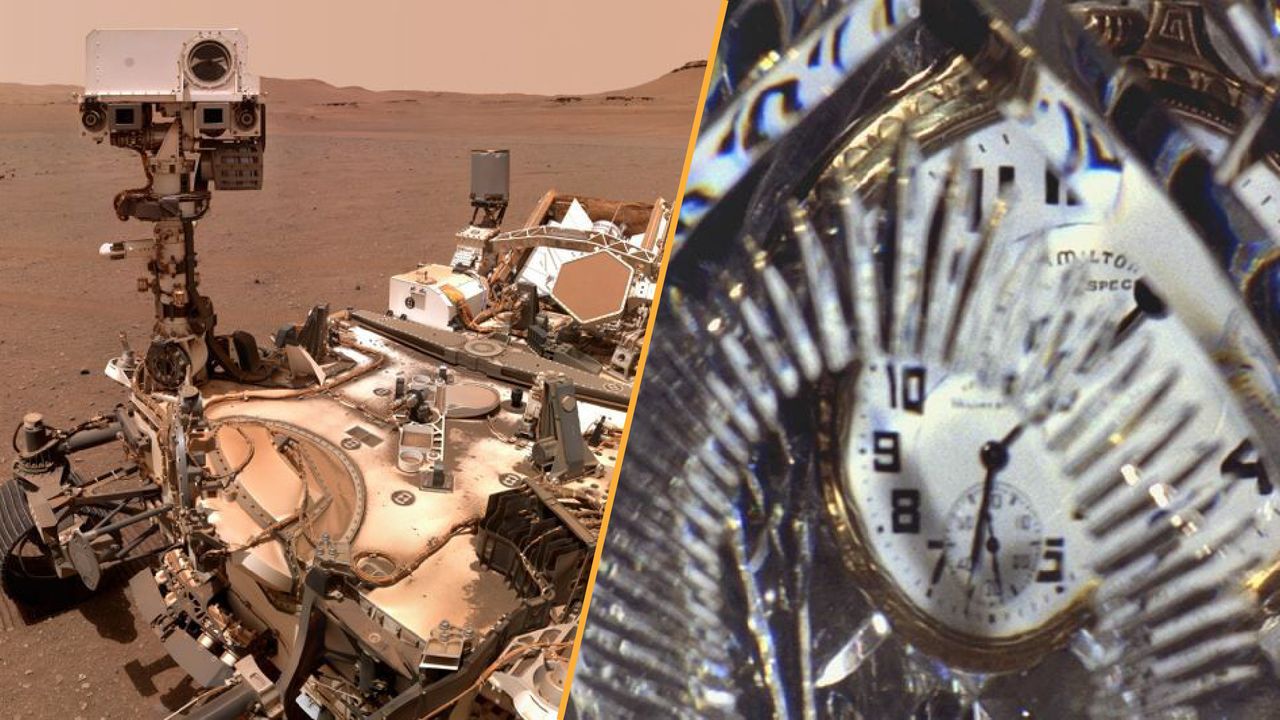This week, significant advancements in science have emerged, with NASA announcing that speckled rocks discovered on Mars could represent the strongest evidence yet of past life on the Red Planet. The rocks contain distinctive leopard-like spots, which on Earth indicate chemical reactions used by microbes for energy. Alongside findings of organic compounds and indications of ancient water flow, these discoveries have sparked excitement among scientists. However, caution remains as the marks could also result from inorganic processes. A definitive conclusion awaits the politically sensitive Mars Sample Return mission.
In another groundbreaking development, researchers from the Laser Interferometer Gravitational-wave Observatory (LIGO) have confirmed a long-standing theory proposed by the late physicist Stephen Hawking. By detecting faint ripples in space-time from the merger of two distant black holes, this research connects the theories of general relativity and quantum mechanics. The potential implications of this connection could pave the way toward a unified “theory of everything.”
New Discoveries in Environmental Science
In environmental news, a team of scientists has made strides in understanding the mysterious “halo” barrels submerged off the coast of Los Angeles. Initially thought to contain the banned pesticide DDT, new analyses of samples from five barrels revealed caustic alkaline waste instead. This finding poses a significant threat to marine life in the area. Researchers are now working to determine the full extent of this toxic spill, which could have serious repercussions for local ecosystems.
Meanwhile, intriguing discoveries continue to unfold in space science. Recent observations of the interstellar comet 3I/ATLAS during a total lunar eclipse suggest it may be turning bright green. This unusual change may be attributed to the presence of diatomic carbon in the comet’s coma, though further spectroscopic analysis is necessary to confirm this hypothesis.
Visible Time Crystals and Their Potential
On the cutting edge of physics, scientists have successfully created the first visible time crystals using light. Initially theorized in 2012 and first produced in 2016, time crystals have fascinated researchers due to their unique properties. The latest advancements involve the use of liquid crystals typically found in LCD screens, marking a shift from theoretical to observable phenomena. These visible time crystals could have practical applications, possibly serving as anti-counterfeiting features on future high-denomination currency.
Although the intricacies of these developments are still being explored, the momentum in scientific research remains strong. As humanity grapples with environmental challenges and seeks to understand the universe, the knowledge gained from these studies could have far-reaching implications across multiple disciplines.
In summary, the week has seen remarkable progress in our understanding of both extraterrestrial life and quantum phenomena. While we await further verification from ongoing missions and studies, the excitement in the scientific community continues to grow.


































































